Vietnam is a coveted destination for many Indian travelers, with its enchanting landscapes, vibrant culture, and rich history. However, the first step in planning a trip to this Southeast Asian gem is obtaining a visa.
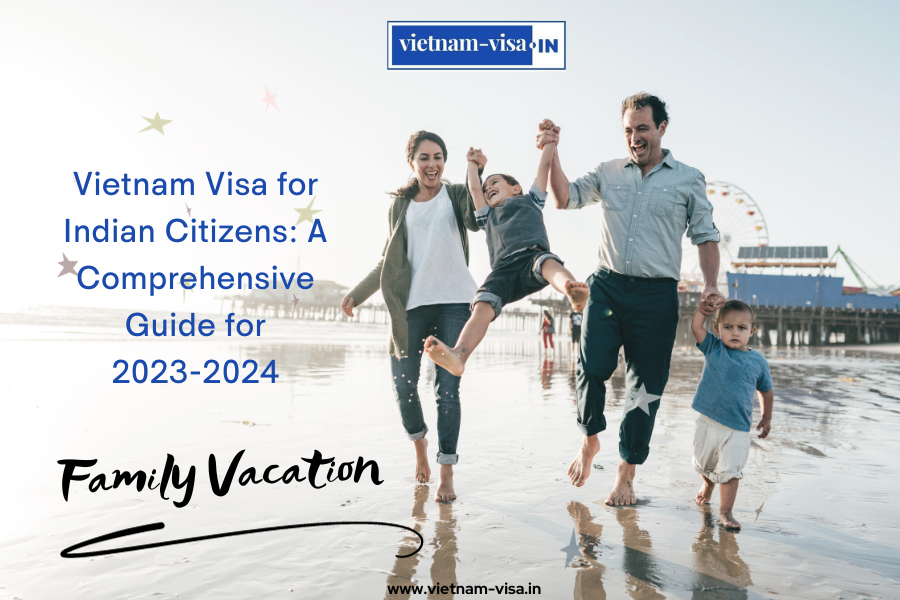
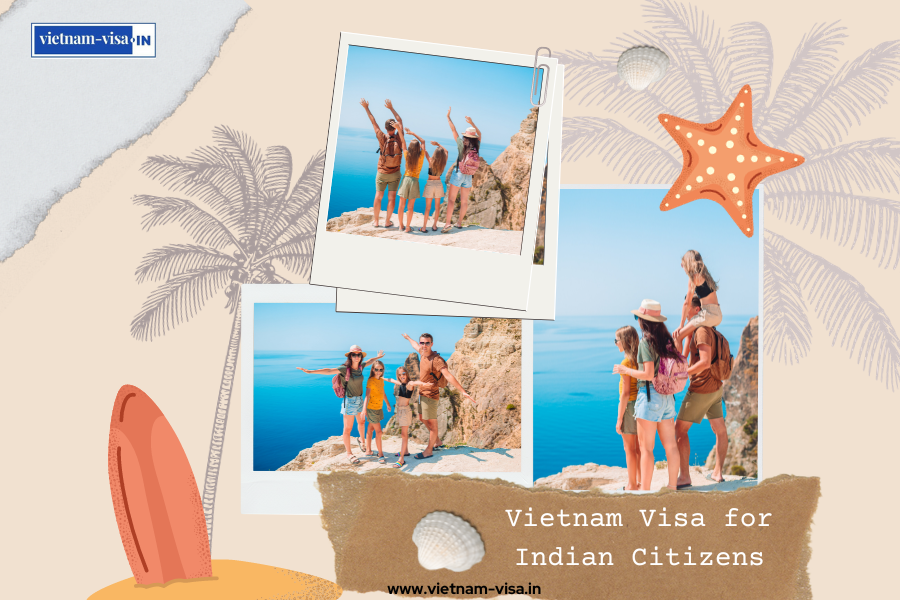
Vietnam Visa for Indian Citizens
Vietnam, a Southeast Asian country known for its picturesque landscapes, rich history, and vibrant culture, attracts tourists from all around the globe. If you’re an Indian citizen planning to visit this beautiful country, one of the primary requirements you need to fulfill is obtaining a Vietnam visa. This article provides a detailed overview of the Vietnam Visa for Indian Citizens, including the necessary documentation, application methods, and other relevant information.
Before we delve into the specifics, let’s clarify what a Vietnam visa is. In simple terms, it’s an official document that allows Indian citizens to enter and stay in Vietnam for a specified period. There are different types of visas available depending on your purpose of visit, such as tourist visa, business visa, or student visa. However, most Indian tourists typically opt for a tourist visa.
To apply for a Vietnam visa, you need to prepare several documents. Here’s a list of what you’ll need:
A valid Indian Passport: Your passport must have at least six months of validity from the date of entry into Vietnam, with at least two blank pages for the visa stamp.
Passport-sized Photographs: You’ll need two recent passport-sized photographs (4cm x 6cm) taken within the last six months.
Completed Visa Application Form: You need to fill out the visa application form with accurate and complete information.
Proof of Travel: This can include confirmed return flight tickets and hotel reservations.
Visa Fee: The visa fee varies depending on the type of visa and the application method.
In addition to these, if you’re applying for a business visa, you may also need to provide an invitation letter from the host company or organization in Vietnam.
There are three primary methods to apply for a Vietnam visa:
Traditional Visa – This involves applying directly at a Vietnamese Embassy or Consulate, either in person or by post. While this method is reliable. It may not be the most convenient for those who live far from an embassy or consulate. The processing time is also longer, typically around 5 working days.
E-Visa – The E-Visa is an online application process through the official website of the Vietnam Immigration Department. This method is convenient, and you can apply from the comfort of your home or office. The processing time is about 3 working days.
Visa on Arrival – Visa on Arrival (VOA) has been gaining popularity among Indian citizens due to its convenience and time-saving nature. This process involves obtaining a pre-approved visa letter through an online travel agency or service provider. Which you then present to the immigration authorities upon arrival in Vietnam.
The Visa On Arrival (VOA) process involves two main steps: obtaining the Visa Approval Letter and getting the visa stamped upon arrival in Vietnam.
– Step 1: Obtaining the Visa Approval Letter
The Visa Approval Letter is a document issued by the Vietnam Immigration Department that allows a traveler to enter Vietnam and obtain a visa upon arrival. Here’s how you can obtain it:
Find a Reliable Agency: You need to collaborate with a reliable online travel agency or visa service that can apply for the Visa Approval Letter on your behalf.
Submit Required Information: Provide the agency with your personal details, including full name, passport number, date of birth, nationality, and arrival date.
Pay the Service Fee: You need to pay the service fee to obtain the Visa Approval Letter. This fee varies depending on the agency you choose.
Receive the Visa Approval Letter: After 1-3 working days, you’ll receive the Visa Approval Letter via email. Make sure to print this letter and bring it with you when you travel to Vietnam.
– Step 2: Getting Your Visa Stamped Upon Arrival in Vietnam
Upon arrival at one of Vietnam’s international airports, you’ll need to:
Present Your Documents: Show your printed Visa Approval Letter, passport, completed entry-exit form, two passport-sized photos. And and stamping fee to the immigration authorities.
Pay the Stamping Fee: You need to pay the visa stamping fee in cash. This fee is USD 25 for a single-entry visa and USD 50 for a multiple-entry visa.
Obtain Your Visa: After your documents have been verified, your passport will be stamped with the visa, and you can officially enter Vietnam!
The Vietnam Visa On Arrival offers several benefits, making it a popular choice among Indian citizens. Some of the key benefits include:
Flexibility: The VOA allows you to apply for different types of visas, including single-entry and multiple-entry visas. And choose the validity period that suits your travel plans.
Convenience: With the VOA, you can complete the entire application process online, without the need to visit an embassy or consulate.
Time-saving: The VOA process is quick and straightforward, saving you valuable time that you can spend planning your trip or exploring Vietnam.
Many Indian travelers have successfully used the Vietnam Visa On Arrival service and have shared positive experiences and testimonials. They have praised the convenience, time-saving nature, and reliability of the VOA process.
In conclusion, obtaining a Vietnam Visa for Indian Citizens is a straightforward process, whether you choose to apply through a traditional visa, e-visa, or visa on arrival. By understanding the different types of visas available, the application process, and important requirements and regulations, you can ensure a smooth and enjoyable travel experience. Remember, a well-planned trip begins with a valid visa!
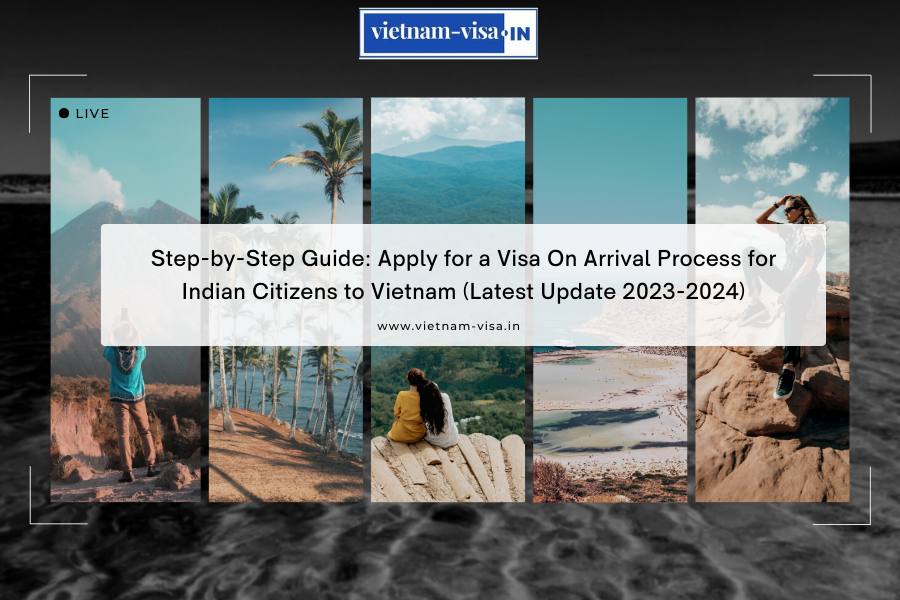
Vietnam is a coveted destination for many Indian travelers, with its enchanting landscapes, vibrant culture, and rich history. However, the first step in planning a trip to this Southeast Asian gem is obtaining a visa.
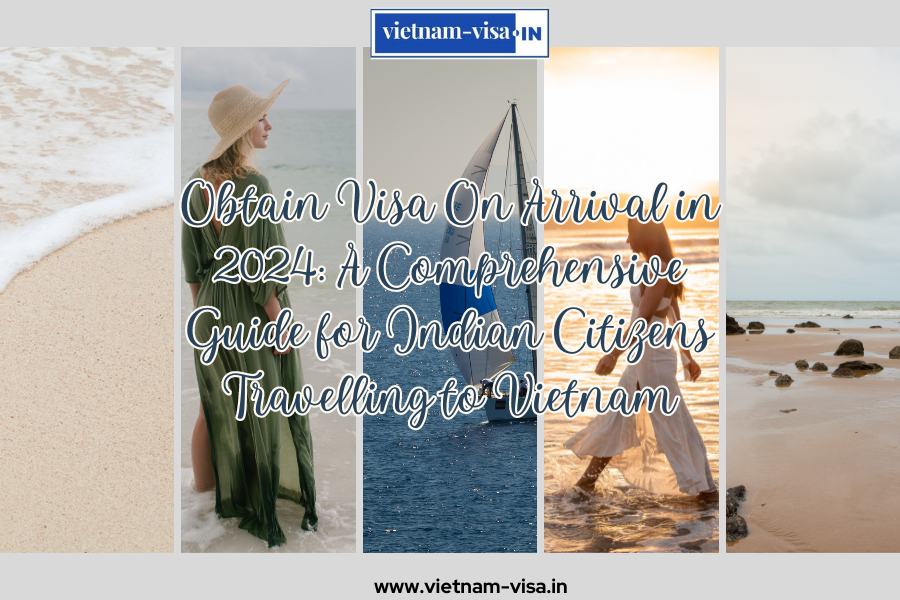
Vietnam, with its rich cultural heritage and breathtaking landscapes, is a popular tourist destination that attracts millions of visitors each year. If you’re an Indian citizen planning to explore this beautiful Southeast Asian country in 2024, you’ll need to acquire a visa.
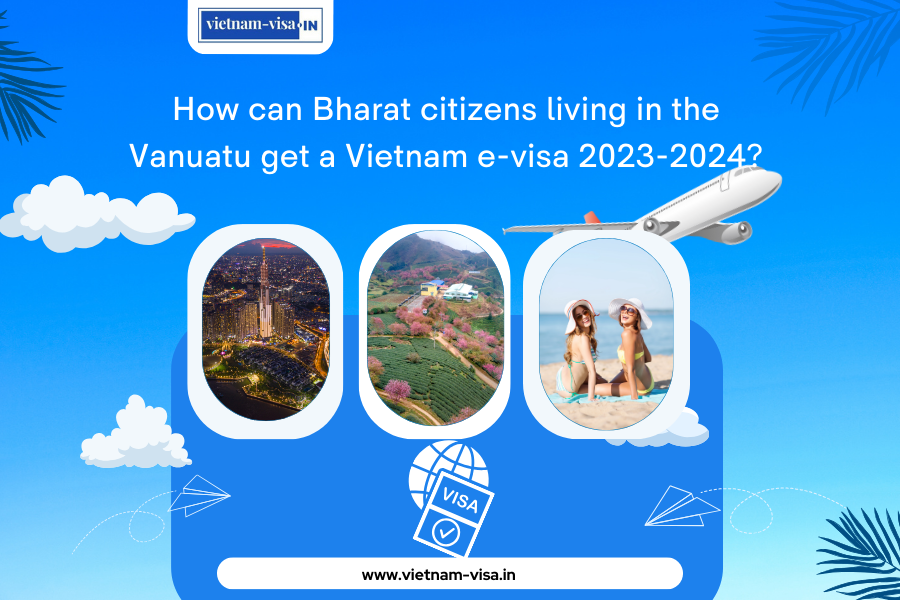
If you’re an Bharat citizens living in the Vanuatu and planning a trip to Vietnam. One of the crucial steps in your planning process is obtaining a Vietnam visa.
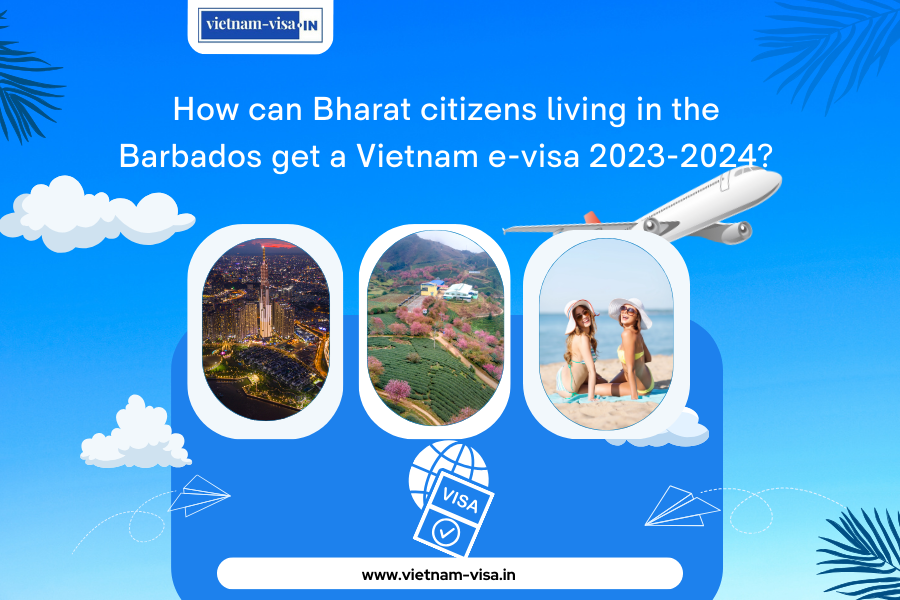
If you’re an Bharat citizens living in the Barbados and planning a trip to Vietnam. One of the crucial steps in your planning process is obtaining a Vietnam visa.
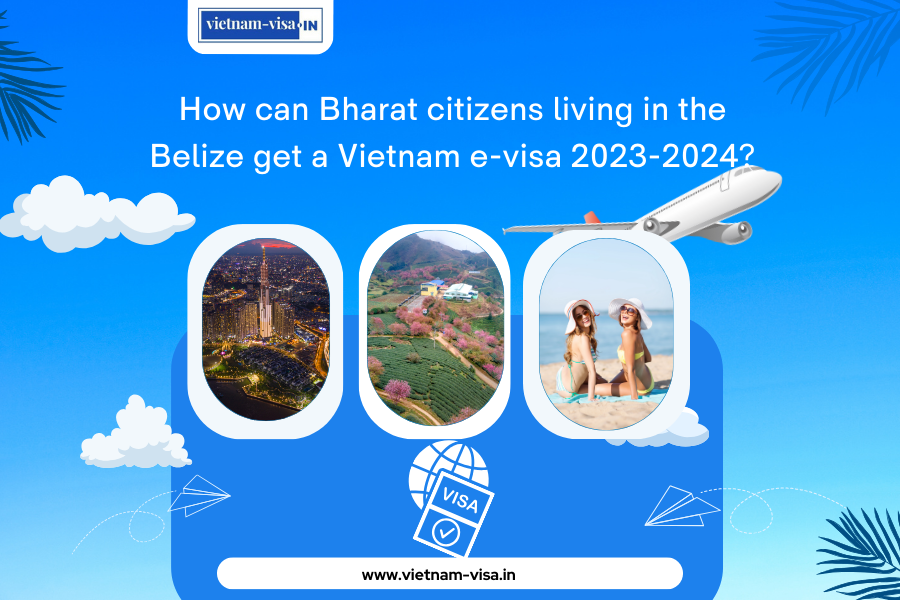
If you’re an Bharat citizens living in the Belize and planning a trip to Vietnam. One of the crucial steps in your planning process is obtaining a Vietnam visa.
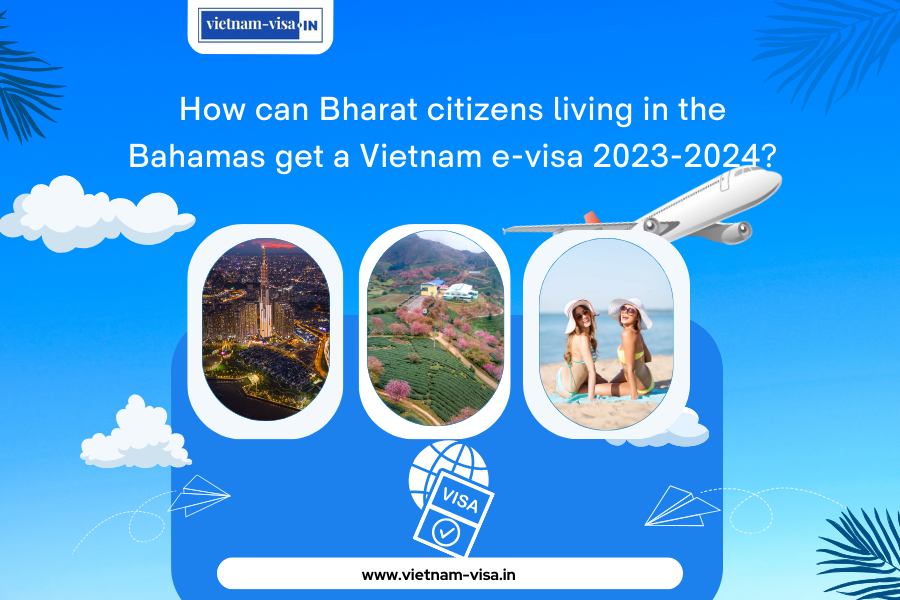
If you’re an Bharat citizens living in the Bahamas and planning a trip to Vietnam. One of the crucial steps in your planning process is obtaining a Vietnam visa.
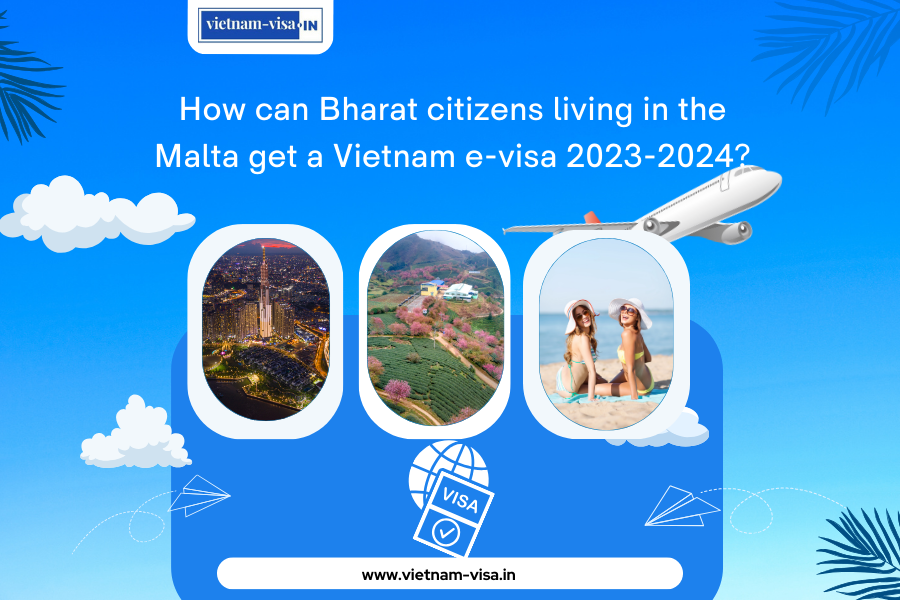
If you’re an Bharat citizens living in the Malta and planning a trip to Vietnam. One of the crucial steps in your planning process is obtaining a Vietnam visa.
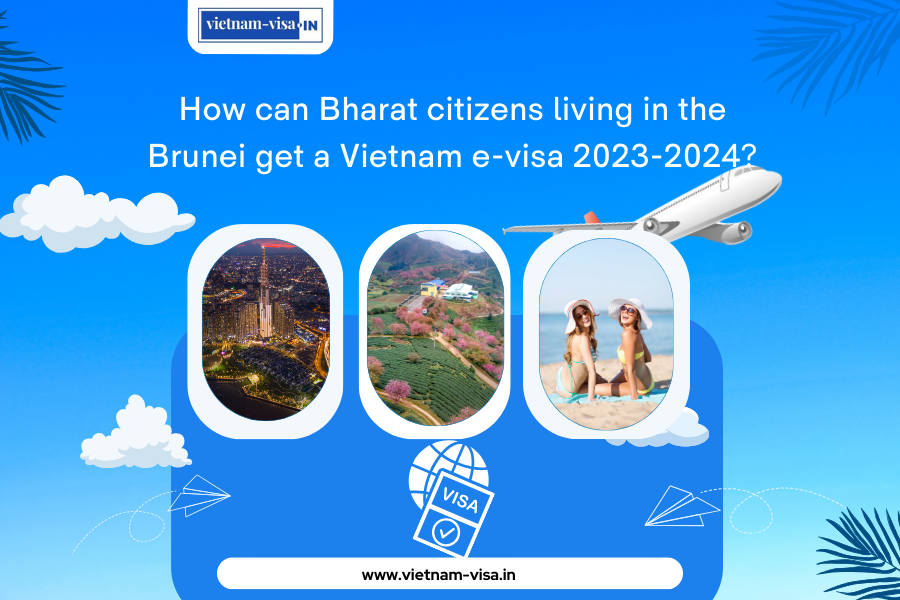
If you’re an Bharat citizens living in the Brunei and planning a trip to Vietnam. One of the crucial steps in your planning process is obtaining a Vietnam visa.